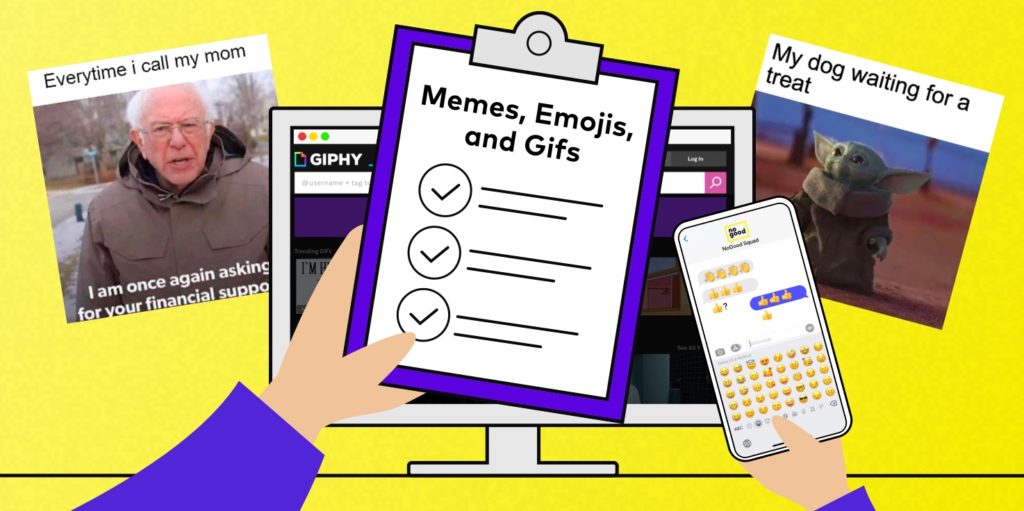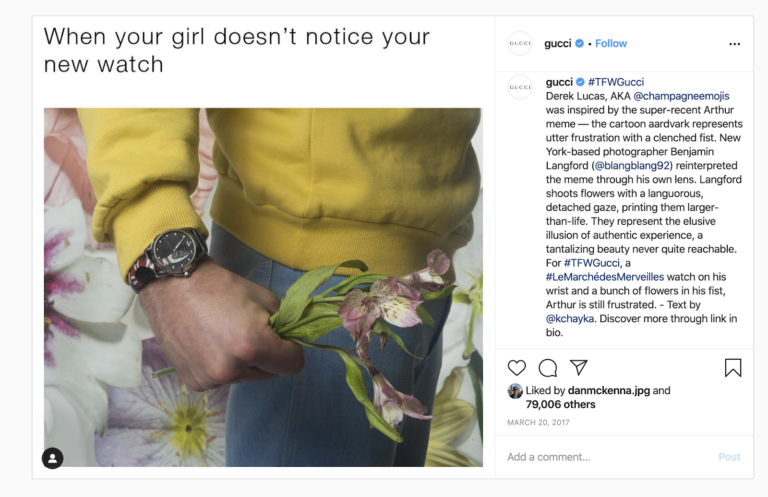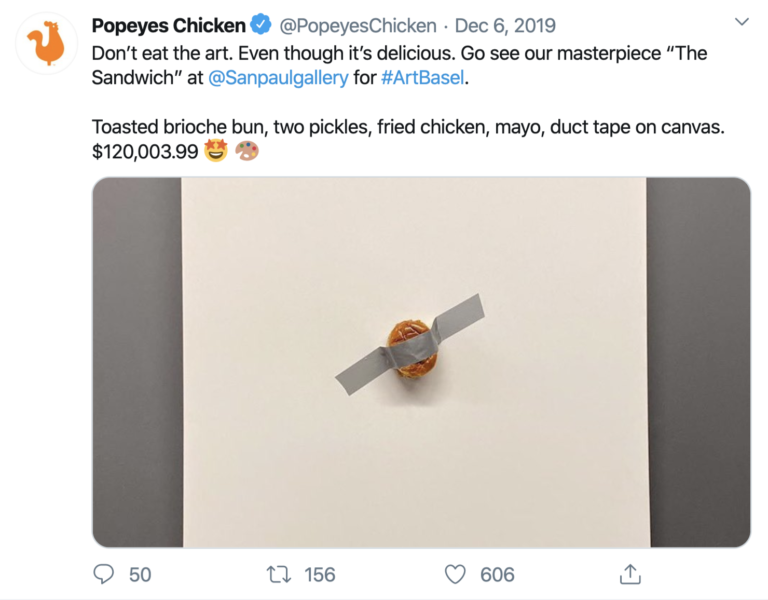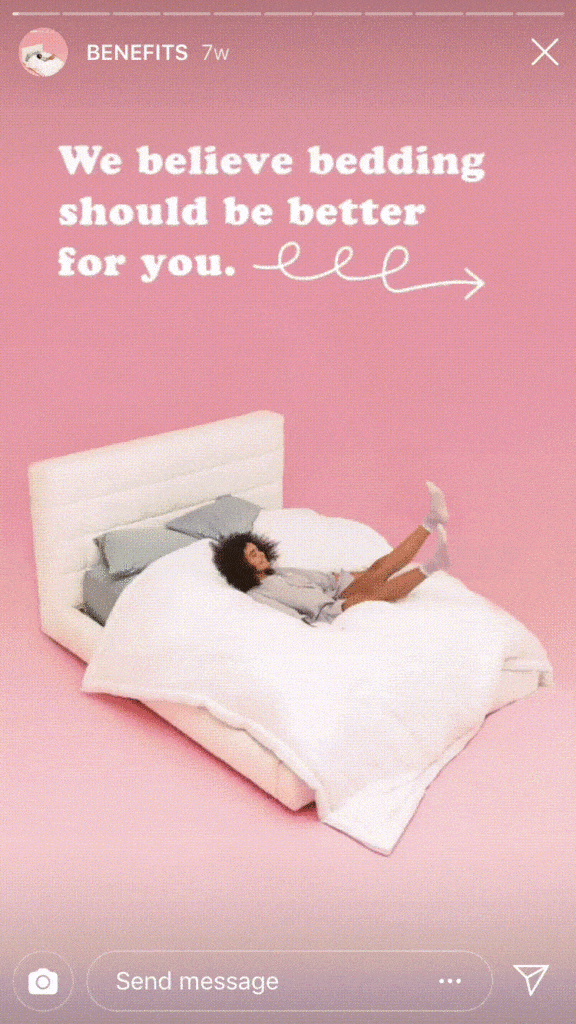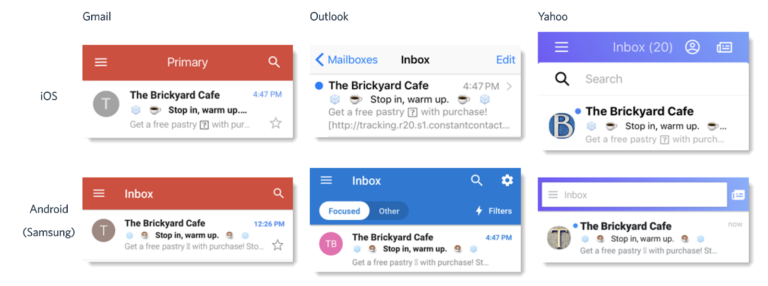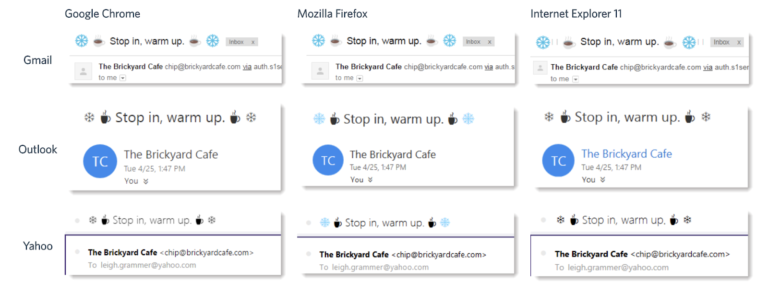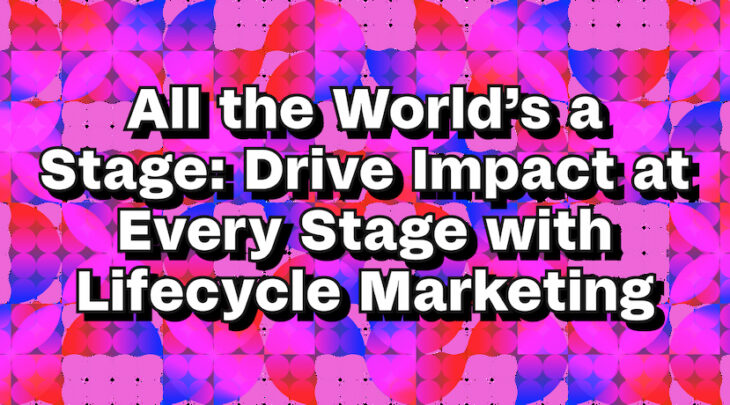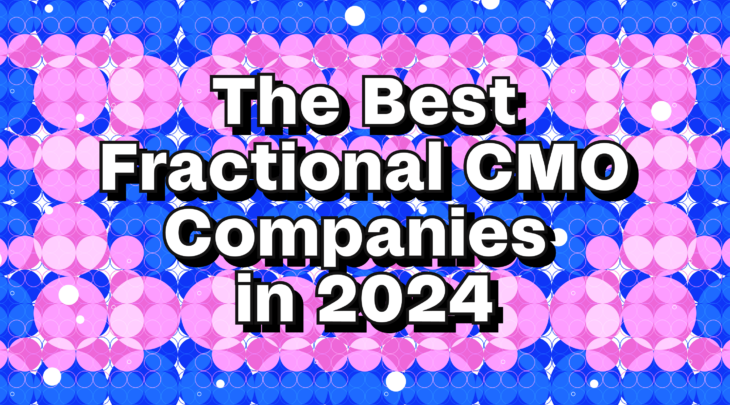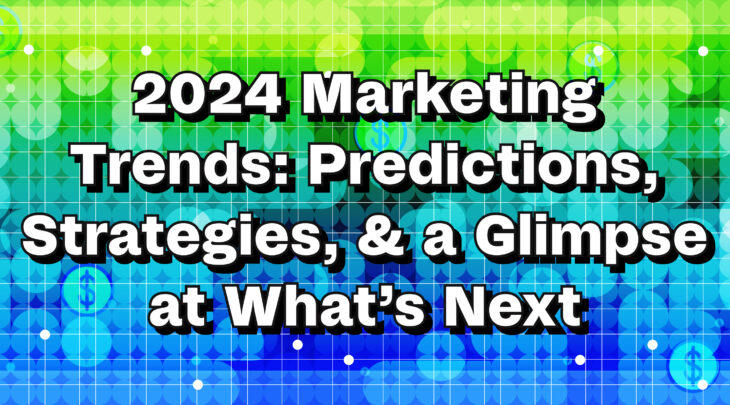Marketers are always trying to get creative with their campaigns, whether it’s through copy, design, or images. As the internet evolves, campaigns are evolving based on their viewerships and trends too. Many marketers are finding that adding memes, emojis, and humor to their campaigns is a great way to increase user engagement and engage hard-to-reach consumers. By embracing a more casual approach to connecting with customers using culturally relevant memes and emojis, brands seem more personable and less sales-oriented.
If you’re looking to boost engagement and authentically relate to your audience, read on for our guide on how to use memes, gifs, and emoji in your marketing!
Using Memes in Marketing
What is a Meme?
According to Merriam-Webster, the definition of “meme” is “an idea, behavior, style, or usage that spreads from person to person within a culture.” Memes usually leverage satire, social commentary, or nostalgia, meaning a high-quality meme is both funny and insightful. Because memes can also be rude or offensive, marketers must walk a fine line when experimenting with meme marketing. Memes are an extremely low-cost way to create engaging content that attracts a following, particularly on Twitter. On Twitter, brands are able to approach messaging in a very casual manner and funny content often gets shared widely, which is effectively free marketing. Memes have also started to be used with more regularity on Instagram, with brands like Recess really pushing the envelope.
Marketers & Brands Who’ve Used Memes Well
On Instagram:
Recess
Recess is one of the most absurd brands on Instagram, building up a truly unique personality and brand story using a lush pastel color palette that seems to evoke the “bliss” the drink itself claims to produce. Responding to the coronavirus effectively as a brand was complicated but Recess managed to lean into the dire situation with highly relatable quarantine memes featuring Tiger King, a comically stretched tandem bike, and an expanded logo adding “ion” to spell Recession.

Recess shines in the daring and hilarious personality they’ve crafted on Instagram, effectively bringing each unique flavor to life. The majority of the content features cans personified among different cultural reference points, memes, and various backdrops or scenes. The “starter pack” meme is a series of multi-panel photo sets usually meant to illustrate the archetype of a celebrity, company or subculture through a recommended selection of fashion articles, multimedia and other consumer products, similar to steal her look fashion guides. Recess cleverly used this format for its flavors to hilarious effect.
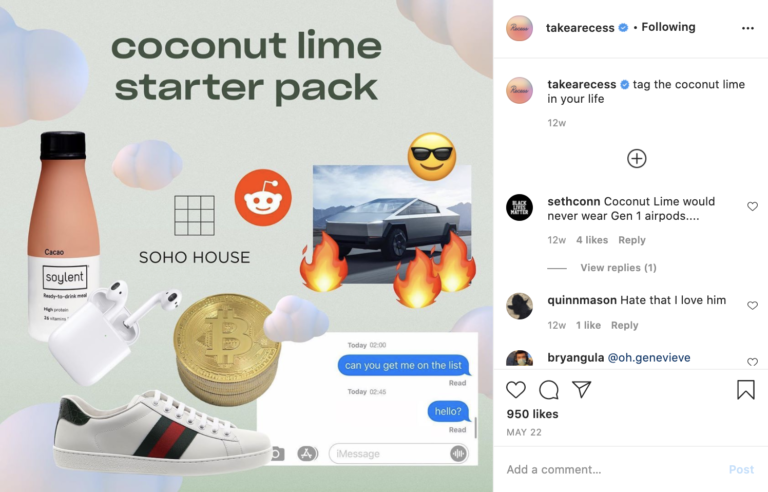
Gucci
If anyone asks me what I think of Gucci, I think of them as a classy and traditional Italian leather brand. However, back in 2017, the brand took on a more modern approach for one of their campaigns. Promoting their new watches, Gucci recreated the classic Arthur fist meme on Instagram. This post broke Gucci out of their traditional bubble, making them a more “down to earth” brand.
BarkBox
Aside from having a separate dedicated meme account or a single meme campaign, some brands such as @BarkBox have entirely transformed their Instagram account to a meme account. BarkBox is a monthly subscription service providing dog products, services, and experiences. Instead of having just cute dog pictures with their products on their feed, the team at BarkBox decided to make their Instagram account more fun and relatable for their followers.

For many brands, such as BarkBox, their content can be repetitive. People don’t want to keep seeing ads. This unique way of marketing leaves a stronger impression for a potential mid- or bottom-funnel audience who might be interested in the brand in the future.
On Twitter:
Popeyes
Thinking back to 2019, one of the things I remember is how crazy people went after the Viral Popeyes Chicken Sandwich. Instead of it being a brand initiative, the meme movement was actually started by the audience first. Since everyone was talking about it, whether in real life or through social media, more people want to try it and see the hype themselves. The Crispy Chicken Sandwich sold out across the country, and Popeyes got an estimated $65 million in free advertising.
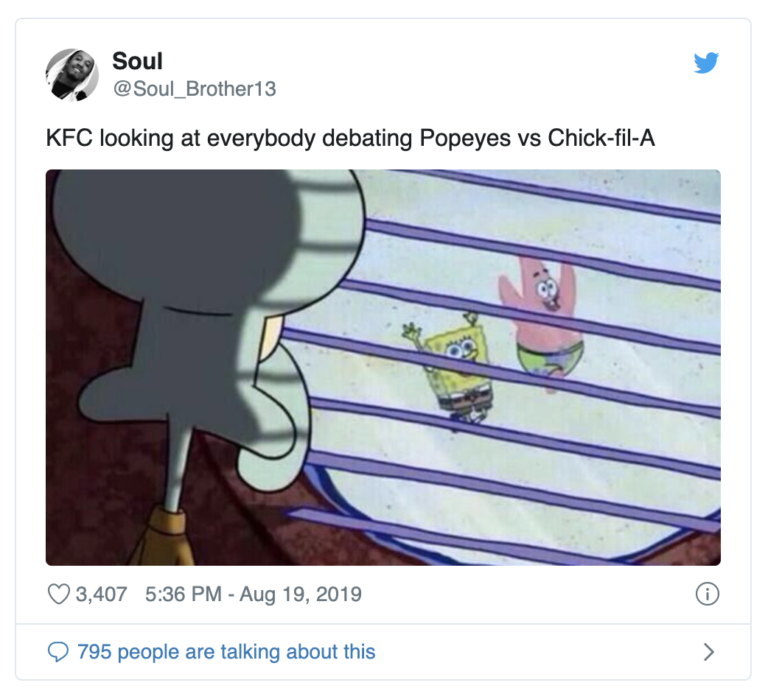
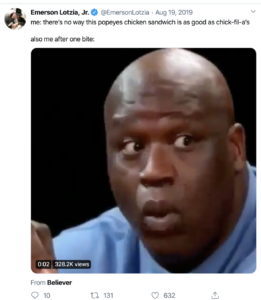
Interestingly enough, after seeing the potential free advertising it could obtain from followers, Popeyes seemed to hone in on meme trends more regularly. When the infamous $120,000 banana duct-taped to a wall art by Maurizio Cattelan at Art Basel Miami became a meme, Popeyes (along with many other brands) followed up with their own variation, a crispy chicken sandwich taped to a wall.
Marketers Who Didn’t Use Memes Well..
Michael Bloomberg
During his 2020 presidential campaign Mike Bloomberg’s team contacted some of the biggest meme accounts on Instagram to post sponsored content to promote his run. Just scrolling through the comments on a few of the posts, however, things didn’t go as planned…
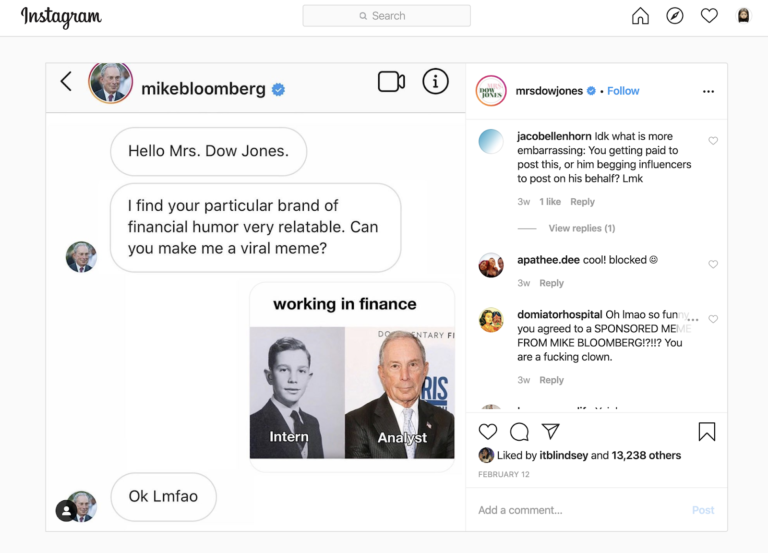
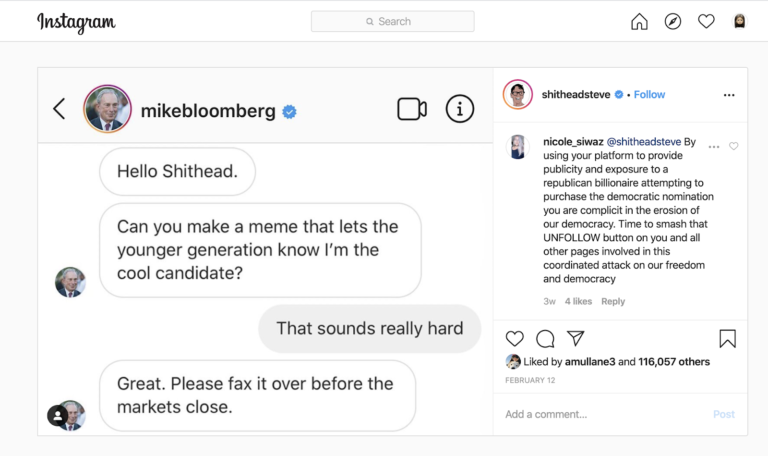
One thing to keep in mind when it comes to meme marketing: people want to see organic and fun content instead of forced advertising. Bloomberg’s innovative political campaign also pushed for a new set of rules for Instagram. Just hours after those memes surfaced on Instagram, the company changed its advertising rules to require political campaigns’ sponsored posts from influencers to use its Branded Content Ads tool that adds a disclosure label of “Paid Partnership.” #oops
Using humor and memes is not as easy as borrowing inspiration from some strong copy on a competitors website. Being funny requires unsurprisingly, someone is actually funny. When brands try to use memes or humor and miss the mark it can come off as cringy and off putting. If you want to make sure your meme isn’t offensive or off-base, check out the Twitter handle Brands Saying Bae for some poorly executed marketing memes.
How to Create Memes for your brand
If you plan to use memes in your marketing campaigns, make sure you choose something that will not make you seem out of touch or that has been widely unpopular some time. You can use sites like KnowYourMeme.com or Meme Generator to find more information on the most popular memes out there. Or our favorite option, Kapwing, the company building “Adobe for the Meme Generation.” Kapwing is a collaborative multimedia editing suite that includes a meme maker, subtitler, trimmer, looper, filters, and more.
There are some memes that have longer lifecycles than others, but others that grow very stale quickly. You should try to avoid posting viral content continuously just to be funny. Like any joke, it’s all in the delivery.
Alternatively, if you have talented graphic designers on the team you can whip up some original meme content that customers will likely appreciate a little more. By remixing ideas from current cultural moments or memes you can really plug your brand into the minds of consumers as being “cool” and “fresh”.
Using Gifs in Marketing
What is a Gif?
Gifs are defined as “a lossless format for image files that supports both animated and static images.” In other words, gifs allows for a series of images or a clip of a video to be endlessly looped. Gifs can hold attention and generate engagement better than static images because of the dynamic movement. They are especially useful for sprucing up emails or stories.
Marketers & Brands Who’ve Used Gifs Well
In Email:
Kate Spade
This gif is successful because movements keep the eye moving, highlighting the helpful features of each product in succession, without feeling too scattered or overwhelming. In this example, the gif is helpful because it lets actions speak louder than words; the gif tells the story visually, rather than verbally explaining the multi-functionality of each product individually.
Lyft

This gif within one of Lyft’s emails similarly lets the image tell the story. The iPhone mock up easily allows the user to imagine the user experience of the product in their own hand. The succession of images also effectively conveys how quick and seamless the process of calling a car is, and quells any confusion about how it works.
Boden
This gif by Boden enhances the messaging of the sale almost by literally showing the action of “running out.” Even though the gif doesn’t show a physical product Boden sells, the viewer can tie the physical sensation to the intellectual concept. It also effectively shows that today has the biggest reward by showing the movement on the biggest cup, but there are two other small options.
One thing to consider when using gifs in emails is that gifs increase email loaded weight, which leads to slower download speed, which can in turn lead to a lower engagement.
On Instagram:
Another great use of gifs in marketing of Insta Stories. Gifs are naturally eye-catching and draw attention to a certain area of the screen. Instagram stories allows for interactive CTA’s like “swipe up”, “link in bio”, “giveaway” to add more life to common directives or compel users to keep tapping through the stories, as in this example from Buffy:
Another way to use gifs on Instagram is to create custom gifs for your brand and add them to the Stories library. This allows for increased brand awareness, as users can search your brand in Instagram Story Stickers and use branded gifs (images of products, slogans, or the logo) in the content they create. A perfect use case of this is with Ritual, who created their own gifs, including a moving pill and slogans like “Take your Vitamins.”
There are not many failed examples of gifs (they are an easy win!), but some things to keep in mind when you using gifs:
- They should contain simple, isolated movements that are easy for the eye to follow
- Stray away from text heavy content and keep it more visually-focused
- Stay consistent with your branding: using themed colors, adding logos where applicable, etc.
Using Emojis in Marketing
What is an Emoji?
By definition, an emoji is “a small digital image or icon used to express an idea, emotion, etc.” The emoticon has its origin in email back in 1982 as a way for computer scientists to express sentiment within text that could be read in different connotations. Decades later, we have hundreds of emojis within reach on our keyboards, serving the same purpose: to make content seem more animated and conversational. It’s no surprise that businesses have thought creatively on how to use emojis to speak to their audiences, but how successful are these attempts at relatability? Do they blur the line between informality and professionalism? The research shows that there are several benefits to using emojis in marketing and that using them well increases user interaction across several platforms.
Emoji Usage Statistics
Studies show that using emojis positively impacts the following metrics:
- 25.4% increase in engagement rate on Twitter
- 57% increase in likes on Facebook
- 33% increase in comments on Facebook
- 56% increase in open rate in email
- Push notifications with emojis saw 85% increase in open rates and a 9% bump in conversions
3 Ways Using Emojis Can Help Your Messaging
Boosts Memory
A study discovered that participants who received messages with emojis scored higher on memory tests than those who received the same messages without emojis. These results suggest that using emojis can make a message more memorable for the recipients. The additional context the emoji provides about the subject matter reinforces the words which strengthen the memory. Emojis are also a form of chunking, the psychological process in which the mind divides large pieces of information into smaller units (chunks) that are easier to retain in memory. Whereas it may take several words to convey a certain concept, emoji can do so in just one character.
Saves Space
As mentioned in the previous point, emojis do the work of several words in a single character. This helps your messaging because several email and social media interfaces have character limits that will cut off a title in mobile or certain desktop views. This means a user may not view the entirety of your message, and will, therefore, be less likely to engage with it. Emojis can grab their attention and allow for a more complete subject line in fewer words.
Seems Friendlier
In the aforementioned study on emojis, researchers found that participants who chatted online with an expert who used emojis rated the expert as both friendlier and more competent, compared to participants who chatted with an expert who did not use emojis. This is helpful to consider when designing website chatbots, and replying back to comments on Instagram or Facebook: adding a dash of emoji personality makes the user feel like they are talking to a real human. Emojis are fun and relatable — everyone can understand them, so why not use them in your marketing and customer interactions.
3 Tips on How To Use Emojis in Marketing
Cater to Your Audience
As with every marketing practice, the most important thing is to know your audience. If your company is an older or traditionally formal industry, like finance or law, the use of casual language can take away from your brand’s reputation. If your company has a younger audience, use of emojis could boost brand reputation because it matches the way they communicate. Some practical guiding questions when deciding what to use are: How does your audience normally speak? What do they expect from the companies they interact with? Is there an emoji that makes sense alongside your message?
Match the Subject & Sentiment
The most natural way to use emojis is to pick one that aligns with the concept you are talking about. For example, Pottery Barn uses the watch emoji to remind users that time is ticking for their latest furniture sale:

Similarly, Tynker uses the yellow school bus emoji for a Back to School promo:

In these examples, the emoji grabs the reader’s attention and gives a sense of the subject matter immediately. A tactic you can use is running split tests with emails, trying different emojis with different sets of subscribers and seeing which convey the message best. To help you get the best of your email campaigns, check out this list of popular subject line emojis.
Check the User Experience by Email Provider
Lastly, consider that each email provider displays text differently. In the chart below, all of the email clients with the green check mark display emoji without problems, which includes most of the big email clients like Gmail, Yahoo!, and Hotmail. Outlook.com and iPhone/iPad sometimes translate the symbols into the word “emoji.” Be mindful that when using newer emojis released from IOS updates, any users who haven’t also updated IOS will not be able to view the picture. Outlook 2003 doesn’t support emoji at all. In these instances, a ▢ will show up.
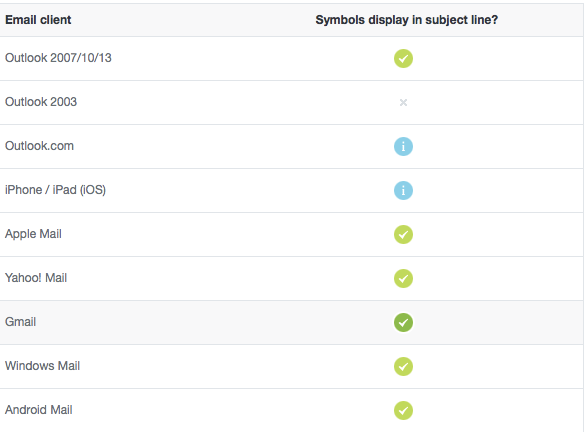
Additionally, consider that each provider styles emojis slightly differently to be consistent with their formatting. When viewing your email on a mobile device, the emoji display is based on what the device supports. Mobile devices also change the style of the emoji to align with the look and feel of their interface.
How NOT to Use Emojis in Marketing
Practice Moderation
The purpose of emojis is to enhance your messaging. Be sure to not go so overboard with emoji use that what you are trying to say ends up more difficult to understand. Note this example below of Chevy doing a press release in all emojis that gets lost in translation. It was meant to be a fun decoding challenge, but keep in mind that on social media, users tend to scroll and skim- anything too effortful or time consuming will lose their attention.
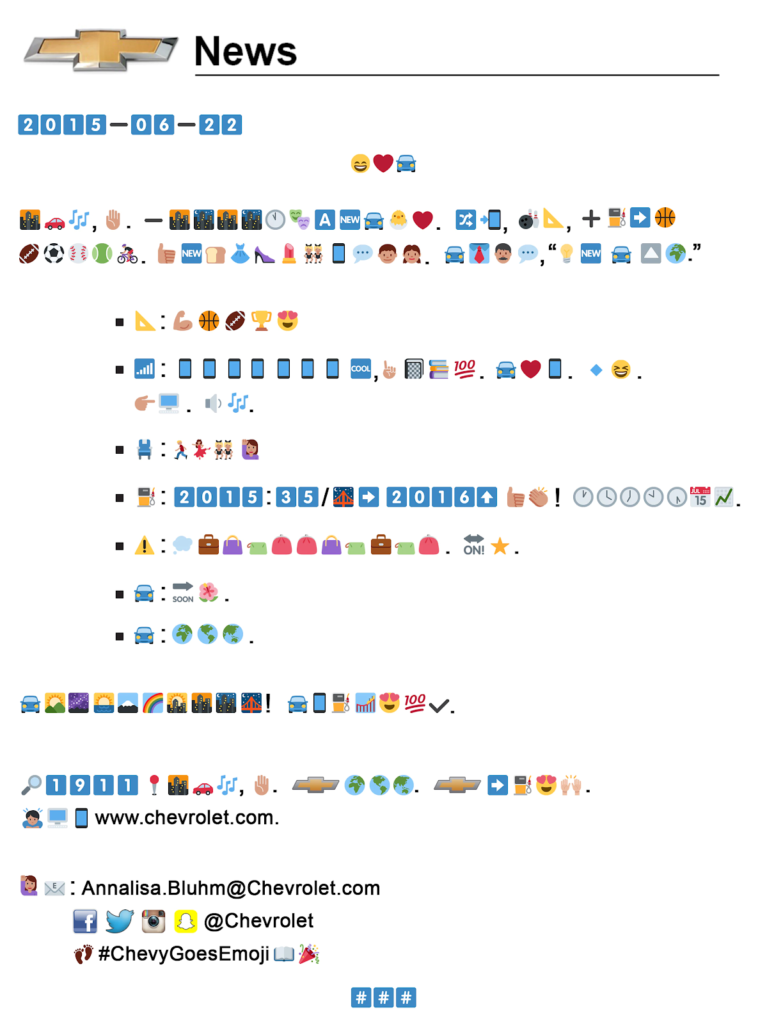
It was meant to be a fun decoding challenge, but keep in mind that on social media, users tend to scroll and skim- anything too effortful or time consuming will lose their attention.
Wrap Up
Memes, emojis, and GIFs are cheap (almost free) and easy tools for marketers to spice up their campaigns. In an effort to seem more personable and increase engagement, brands are utilizing those tools for more of their social marketing. However, before publishing those campaigns, marketers should definitely understand the true meanings behind certain references, and not overuse some of those new trends.
At NoGood, we aim to drive massive growth using minimal spend [often utilizing memes and emojis] with our team of client-facing executors across all platforms.
